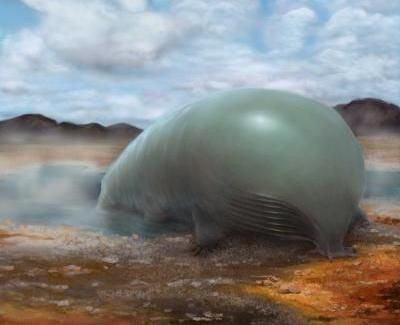Silicon-Based Life? Bacteria Can Be Persuaded To Create Organosilicon Compounds, Study Shows

The possibility of an alien life form with a silicon-based biochemistry is occasionally invoked by science-fiction writers and exobiologists as an alternative to the carbon-based organisms we are familiar with. However, in real life, silicon-based, or even organosilicon-based biology has never been discovered.
"No living organism is known to put silicon-carbon bonds together, even though silicon is so abundant, all around us, in rocks and all over the beach," Jennifer Kan, a postdoctoral scholar at the California Institute of Technology, said in a statement released Thursday.
Kan and her colleagues have now shown, in a study published Friday in the journal Science, that nature can adapt to incorporate silicon into carbon-based molecules — if nudged in the right direction.
Using a protein engineering method called "directed evolution," the researchers tweaked a naturally-occurring enzyme to catalyze bond formation between silicon and carbon. The enzyme — cytochrome c — was extracted from Rhodothermus marinus, which is an extremophile bacterium that lives in hot springs in Iceland. After introducing a few mutations in the active region of the enzyme, the researchers were able to manufacture a protein that could create the bonds they were looking for.
"This study shows how quickly nature can adapt to new challenges," study co-author Frances Arnold, also from Caltech, said in the statement. "The DNA-encoded catalytic machinery of the cell can rapidly learn to promote new chemical reactions when we provide new reagents and the appropriate incentive in the form of artificial selection. Nature could have done this herself if she cared to."
In addition to proving that silicon-based life forms can, in theory, exist, the research also has several practical applications. Given that the enzyme can forge silicon-carbon bonds 15 times more efficiently than the best catalyst invented by chemists, and is also comparatively easier to modify, it can eventually serve as an alternative to the current techniques used to manufacture organosilicon materials widely used in semiconductors and pharmaceuticals.
"This is something that people talk about, dream about, wonder about," Annaliese Franz from the University of California, Davis, who was not involved in the research, told New Scientist. "Any pharmaceutical chemist could read this on Thursday and on Friday decide they want to take this as a building block that they could potentially use."
© Copyright IBTimes 2025. All rights reserved.






















